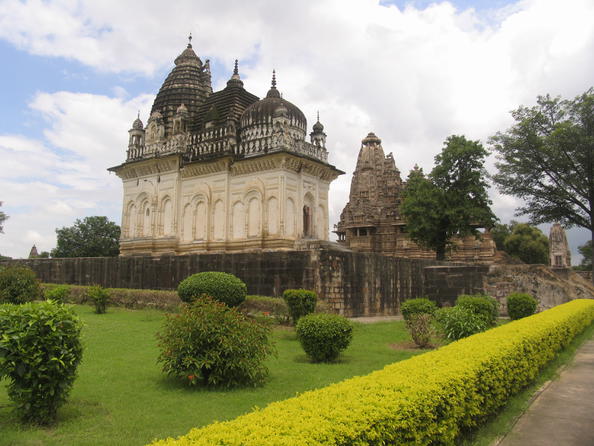- About Us
- Schemes
- Culture Scheme Dashboard
- Scheme of Financial Assistance for Promotion of Art and Culture
- Financial Assistance to Cultural Organizations with National Presence
- Cultural Function and Production Grant(CFPG)
- Financial Assistance for Preservation and Development of Cultural Heriatge of the Himalayas
- Financial Assistance for Development of Buddhist/Tibetan Arts and Culture
- Financial Assistance for Cultural Activities in Performing Arts for Building Grants Including Studio Theatres
- Financial Assistance for Allied Cultural Activities
- Financial Assistance for Promotion of Guru-Shishya Parampara (Repertory grant)
- National Mission on Libraries
- Financial Assistance for Construction of Tagore Cultural Complexes(TCC)
- Scheme of Financial Assistance under Seva Bhoj Yojna
- Scheme of Scholarship and Fellowship for Promotion of Art and Culture
- Museum Grant Scheme
- Scheme for Financial Assistance for Veteran Artists
- Scheme for Promotion of Culture of Science (SPOCS)
- Scheme for Safeguarding the Intangible Cultural Heritage
- Global Engagement Scheme
- Indian Conservation Fellowship Program (ICFP)
- Centenary and Anniversary Celebrations Scheme
- Mission
- ICR
- Commemorations
- CSL
- G20 CWG
- Contact Us
Khajuraho Group of Monuments

Khajuraho Group of Monuments
Madhya Pradesh
The complex of Khajuraho represents a unique artistic creation, as much for its highly original architecture as for the sculpted decor of a surprising quality made up of a mythological repertory of numerous scenes of amusements of which not the least known are the scenes, susceptible to various interpretations, sacred or profane.
Khajuraho is one of the capitals of the Chandella rulers, a dynasty of Rajput origin which came into power at the beginning of the 10th century, and reached its apogee between 950 and 1050. Of the 85 temples which were constructed at Khajuraho during the Chandella period (and which were still resplendent: when the great traveller Ibn Battuta noted them in 1335), 22 still exist, disseminated within an area of about 6 km2.
As, monuments of two distinct religions, Brahminism and Jainism, the temples of Khajuraho are nonetheless distinguished by a common typology: they comprise an elevated substructure, over which rises the body of the richly decorated building, the 'jangha', covered with several registers of sculpted panels on to which open-work galleries are opened. This is crowned by a series of bundled towers with curvilinear contours, the Sikharas.
The most important group of monuments is massed in the western zone, not far from the archaeological museum, including the temples of Varaha, Lakshmana, Matangeshwara, Kandariya, Mahadeva Chitragupta, Chopra Tank, Parvati, Vishwanatha and Nandi. But the east and south groups also comprise noteworthy complexes (the temples of Ghantai, Parshvanath, Adinath, Shantinath, Dulhadeo, Chaturbhuja).








